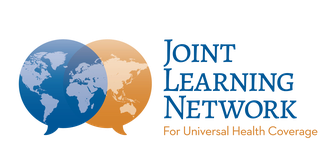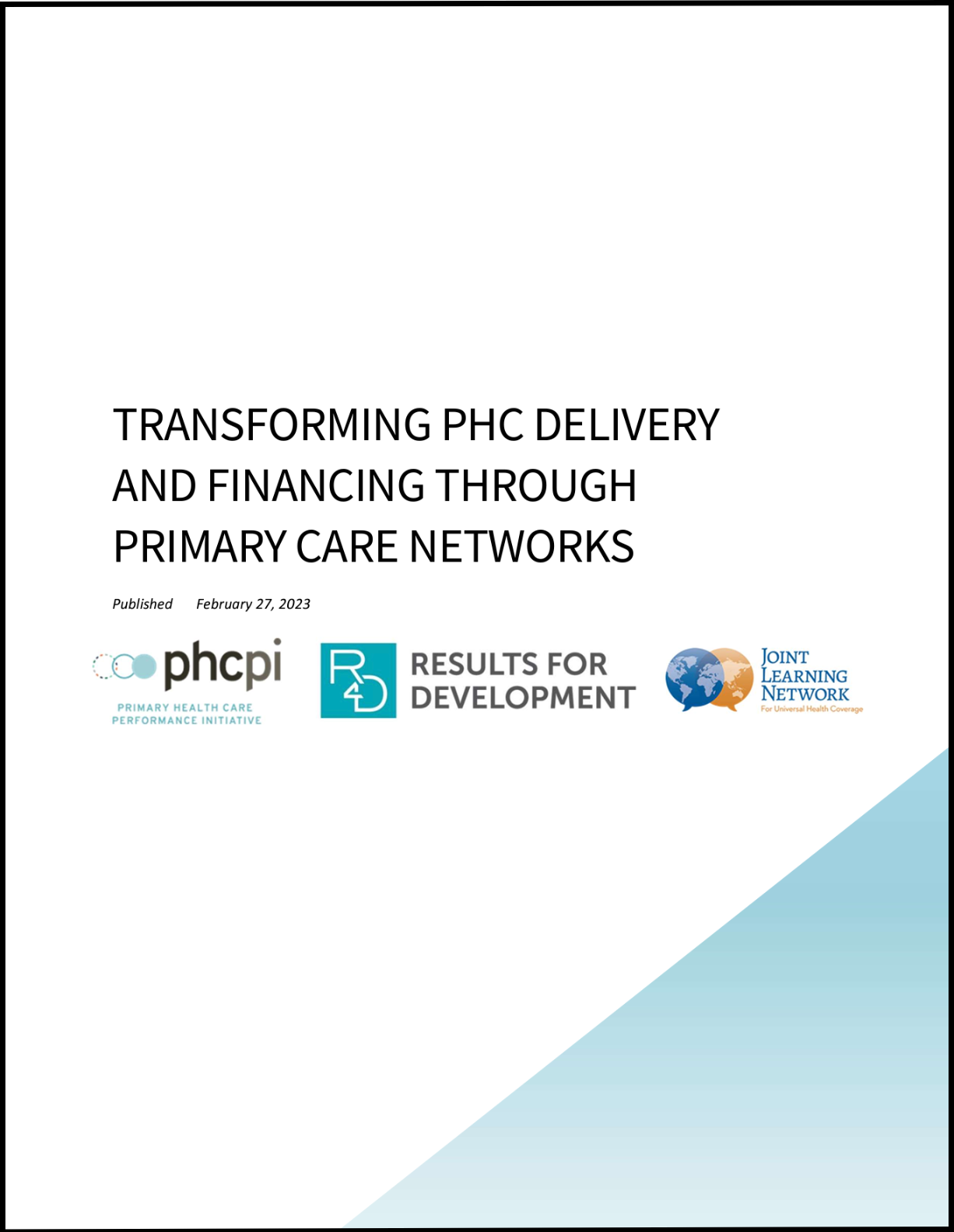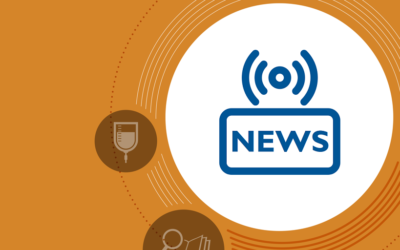Transforming PHC Delivery and Financing Through Primary Care Networks
This learning brief highlights the process for developing this learning community and some of the key learnings on how to successfully implement PCNs. Furthermore, it provides key recommendations for country policymakers, practitioners, and development partners based on lessons from the PHCPI COP.
Latest News & Events
Governance requirements for provider payment policy
Contributors: Agnes Munyua, Alex Ofori Mensah, Batbayar Ankhbayar, Francis Mensah Asenso Boadi, Humberto Silva, and Pavel Manjos. This blog is produced by the Primary Health Care Financing and Payment Collaborative. Governance is an important building block for...
Leveraging monitoring and information systems for output-based provider payment
Contributors: Agnes Munyua, Batbayar Ankhbayar, Humberto Silva, Jocelyn Maala, and Kaija Kasekamp. This blog is produced by the Primary Health Care Financing and Payment Collaborative. Sound and reliable information is the foundation of decision-making across all...
Population Targeting: An issue of trust – and technical complexity – for health leaders
As so many health systems move towards social health insurance, the issue of who should receive this at no or low cost is becoming increasingly important. The topic can quickly become highly technical and move well beyond most health practitioners’ core skills – comparing different ‘proxies’ and formulae for assessing wealth and income, as well as methods for collecting and verifying this data.



